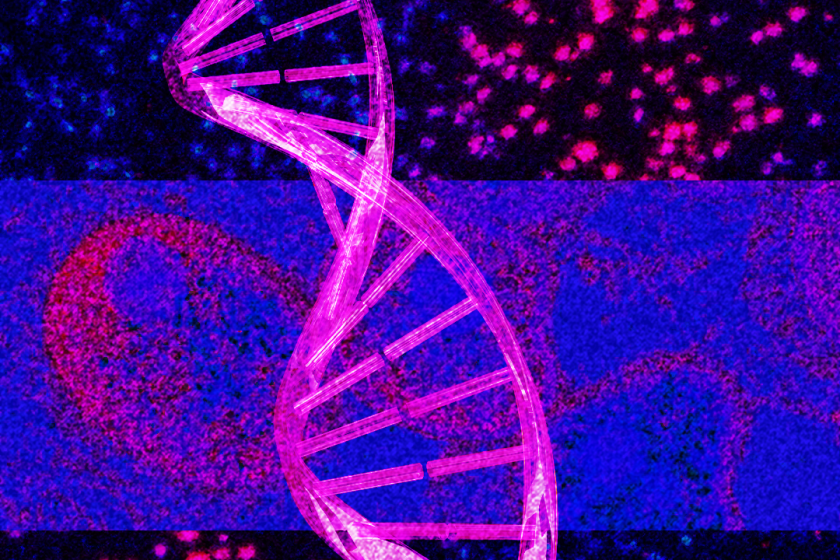Medal Detectives
It’s an honor to do what they’re doing, say the men huddled around the stack of musty old ledgers filled with page after faded page of handwritten names.
Methodically, they are looking for clues that can help solve a 54-year mystery of the only Medal of Honor in the past century to go unclaimed.
Already they have learned more secrets than the Navy knows about war hero Peter Tomich, the Los Angeles sailor who dashed from the deck of a sinking battleship to rescue shipmates from an engine room during the attack on Pearl Harbor.
They have discovered, for example, that the Navy may have had the right man--but the wrong name, wrong place of birth and wrong marital status for the Medal of Honor winner.
Tomich was 48 when he was trapped in the Utah as it sank in Pearl Harbor after being torpedoed Dec. 7, 1941, by Japanese fighter planes.
When the nation’s highest award for heroism was posthumously awarded three months later, Navy officials were unable to find anyone to give it to. Since then, Tomich’s medal has been moved from display case to display case in ships, government buildings and museums.
Tomich was Croatian-born, which explains why the four men are in the dining room of a Glendale home, hunched over leather-bound records and membership rosters that belong to the United Herzegovina Catholic Benevolent Society.
They are hunting for names of Croatian immigrants in Los Angeles who might be related to Tomich. And there’s a sense of urgency to their search.
That’s because surviving shipmates from the Utah--now in their 70s and 80s--are planning what for some could be their final reunion next month in Salt Lake City. The meeting could be the last chance for them to learn about the hero who went down with their ship.
“For 50 years Peter Tomich has been a big mystery,” said reunion coordinator Greg Buchanan of the Utah state office of Veterans Affairs. “We want to rewrite some naval history.”
That has already started to happen, according to those searching into Tomich’s past.
“We’ve found that he was known here by two different names--Tomich and Tonich,” said Peter Zovak, 30, a Temple City resident who works as a project manager for the city of Alhambra and is helping lead the search through the old ledgers.
Tomich immigrated in 1914. He had spelled his name with an N when he enlisted in the Navy in 1919 and became a naturalized citizen a short time later. But by 1940 he was spelling it with an M.
But neither was his true last name, Zovak said. “Tonich was his clan name. Herceg was his real name back home.”
Name changes were not uncommon for Croatians coming to the United States, said Ferdo Brkic, one of those gathered around the table. Neither were name changes for a region that over the years has been variously considered part of Turkey, Italy and Austria and has also been called Croatia, Herzegovina, Yugoslavia and now Bosnia-Herzegovina.
Brkic is a 49-year-old Croatian-born utility engineer from Arcadia who serves as parish chairman at St. Anthony’s Croatian Catholic Church. For generations the church has served as a cultural hub for the estimated 65,000 Croatians who live in the Los Angeles area.
Croatian immigrants often adopted names that were easier for Americans to pronounce or to spell, Brkic said. And confusion over Tomich’s identity was compounded by the fact that Navy officials listed his place of birth as Austria, not Herzegovina.
Navy records also listed Tomich as unmarried. But a Croatian American genealogist who has traced Tomich’s roots to the tiny Herzegovina village of Prolog has determined that Tomich married a woman from a neighboring village the year before he immigrated to America.
Old-timers remembered the marriage, and village records found by a researcher working for genealogist Adam Eterovich of San Carlos, Calif., verified the wedding.
The woman, now deceased, had Tomich declared legally dead in 1957, according to Eterovich.
“People back there said he had never written to his wife after he left,” Eterovich said. “A lot of men left the village and worked in harsh conditions and died. That’s what she apparently thought had happened.”
With the Navy, Tomich listed a cousin living in Los Angeles as his next of kin.
*
But when the Navy telegram telling of his death aboard the Utah was sent to John Tomich in Los Angeles, it was returned stamped “address unknown.” The letter announcing his Medal of Honor was sent back marked the same way.
In 1943, the medal was placed on the newly commissioned USS Tomich, a destroyer named in his honor. It stayed until 1946, when the ship was mothballed.
The Navy sent the medal to the state of Utah in 1947 when officials there made Tomich an honorary citizen and asked permission to display it in the state Capitol next to a memorial plaque to the ship.
In the early 1980s, the Navy asked for the medal back to show it at the Naval Academy, according to officials in Utah. It is now on display at the Washington Navy Yard Museum, said Ed Murphy, president of the Medal of Honor Historical Society--which has researched Tomich’s case “because it is so unique.”
These days, a replica of Tomich’s medal is part of a memorial at the Utah Capitol. The capital is where a tribute to Utah survivors will be held May 16.
Tomich’s old shipmates remember him as a private man who looked out for younger engine room crewmen who worked under him, keeping the ship’s boilers going.
“He never talked anything about his family,” said the last man to see Tomich alive--78-year-old Leonard Purifoy, a retired mechanic from Jacksonville, Fla.
Purifoy served on the Utah with Tomich for nearly four years and was on duty in the boiler room the morning the attack occurred. He escaped when Chief Watertender Tomich ran in to warn crew members and to try to shut down the doomed ship’s boilers so they wouldn’t explode.
“Water was coming into the fire room through a hatch. I got out in the nick of time,” Purifoy said.
Gilbert Meyer, 74, a retired Civil Service worker from Lytle, Texas, recalled the ruddy-faced, brown-haired Tomich as “quiet, not a mixer. . .
Instead, Meyer remembers Tomich as a person devoted to the Utah--which was being used for naval training as a floating bombing target.
The ship’s top was covered with heavy wooden timbers to deflect the nonexplosive water and smoke practice bombs that were dropped on it. Legend has it that attacking Japanese pilots mistook the timber-topped Utah for an aircraft carrier.
Survivor Lee Soucy, a 77-year-old retired medical lab operator from Plainview, Texas, described Tomich as “a conscientious guy” who “went down to check on his boys and the equipment” instead of abandoning ship.
Sixty-four men aboard the Utah were killed in the attack. Tomich is among 58 still entombed in the ship’s rusty hulk, which juts about eight feet out of the water near a small Ford Island memorial a mile from the more-famous Arizona memorial.
Tomich is one of 4,300 Americans to have earned the Medal of Honor. But his is the only medal since the Indian wars of the last century to go unclaimed, said Congressional Medal of Honor Society historian Frank Currey.
Navy spokesman Lt. Rick Haupt said the government is interested in reviewing any documentation showing that Tomich still has living relatives. But he noted that officials will have to be shown “definitive proof” that a person is indeed Tomich’s next-of-kin before turning over the medal.
Genealogist Eterovich said he suspects that Tomich’s closest living relative is a descendant of Tomich’s Los Angeles cousin. Eterovich said that the man, now living in a small village in Bosnia-Herzegovina, would probably support a plan to put Tomich’s medal on permanent display at the Croatian Fraternal Union headquarters in Pittsburgh.
Back in Glendale, meantime, volunteers Pete Matijasevic, 57, and Mirko Boskovich, 80, are continuing to work with Zovak and Brkic to hunt for names that could be linked to the Pearl Harbor hero. They agree that Tomich’s Medal of Honor should stay in this country as a symbol of Croatian Americans’ achievements.
“Look!” exclaims Zovak suddenly. “Here’s a Jozo Tonic listed in 1890 from Prolog!”
It turns out to be the wrong man. So it’s back to the books for those whose questions into a medal are proving their own mettle.
More to Read
Start your day right
Sign up for Essential California for news, features and recommendations from the L.A. Times and beyond in your inbox six days a week.
You may occasionally receive promotional content from the Los Angeles Times.







